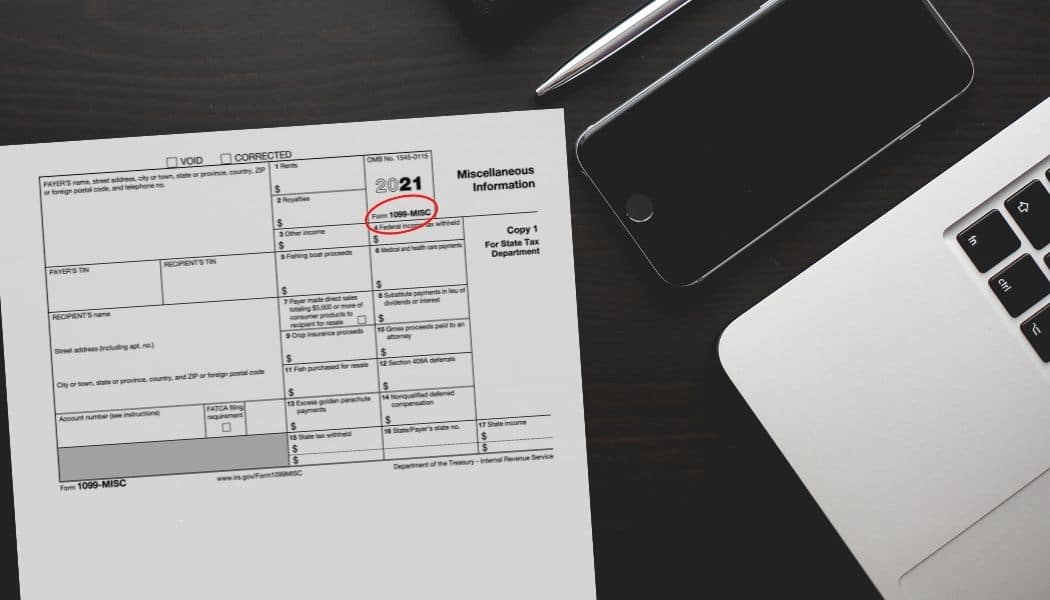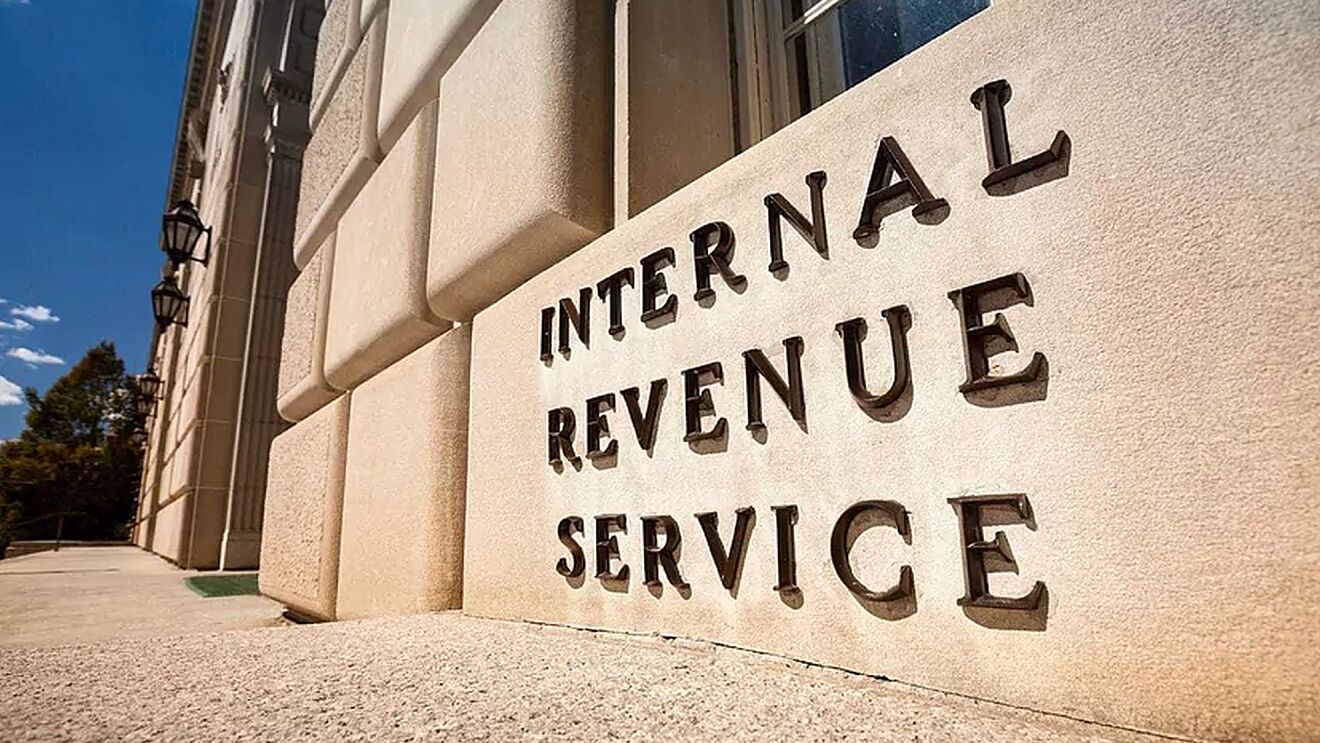This article provides an overview of the estimated tax payments which must be paid by a corporation. It also outlines the IRS safe harbor estimates and alternative methods that a corporation may use to minimize and accurately reflect its estimated tax payments. It is important to timely pay the correct amount of estimated tax in order to avoid penalties and interest related to underpayment.
General Rule
Estimated tax payments for corporations are normally made in four installments on the 15th day of the 4th, 6th, 9th, and 12th months of the tax year. For calendar-year corporations, those dates are April 15, June 15, September 15, and December 15.
Each required installment is 25% of the “required annual payment” The term “required annual payment” means the lesser of:
100% of the tax on the return for the tax year, or
100% of the tax shown on the return of the corporation for the preceding tax year.
It should be noted that large corporations cannot use 100% of the preceding year’s tax to compute estimated tax payments. A large corporation is any corporation having taxable income of $1 million or more during any of the three immediately preceding tax years.
Alternative Methods to Determine Estimated Taxes – Exceptions to the General Rule
A corporation may also compute its required quarterly installments using one of two alternative methods: (1) the annualized income method or (2) the adjusted seasonal income method. Normally, a corporation will benefit from one of these methods if it earns most of its taxable income during part of the tax year. If the required quarterly installment determined under one of these methods is less than 25% of the required annual payment under the general rule noted above, the corporation can pay the lesser amount for that quarter.
How to Pay Corporate Estimated Taxes
Corporations can use form 1120-W to calculate their estimated tax payment, however, all payments must be made electronically to the IRS.
State and Local Taxes
Lastly, it should be noted that state and local jurisdictions that impose income taxes generally require the payment of estimated taxes. Many states follow the guidelines issued by the IRS. Each state must be separately researched to conform to that state’s rule.
How RVG and Company Can Help
If you need advice or assistance to determine whether, and/or how much-estimated tax should be paid, please contact RVG & Company today.












